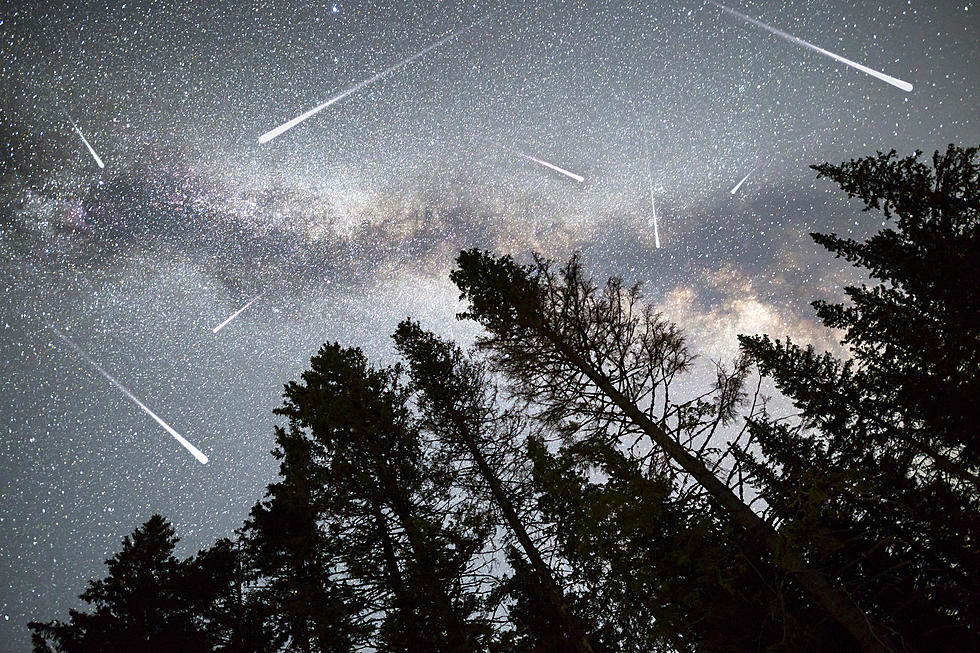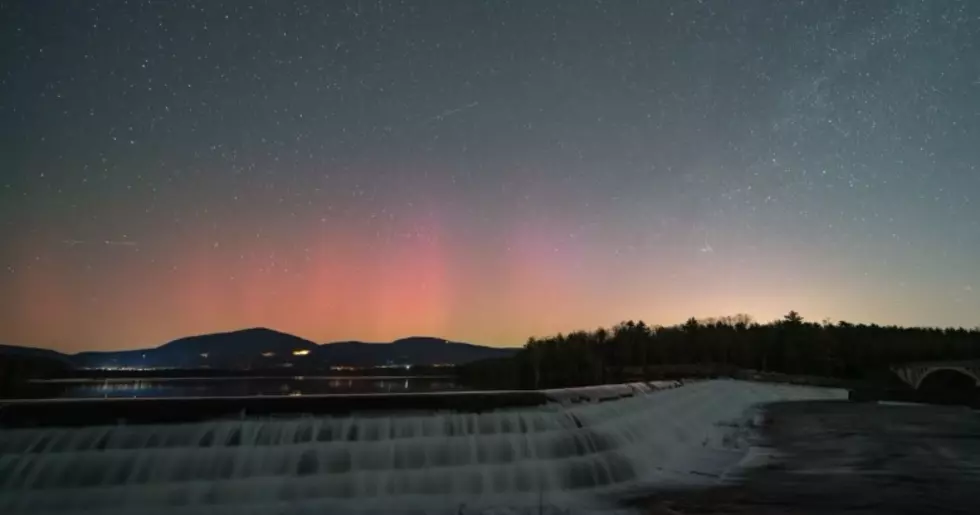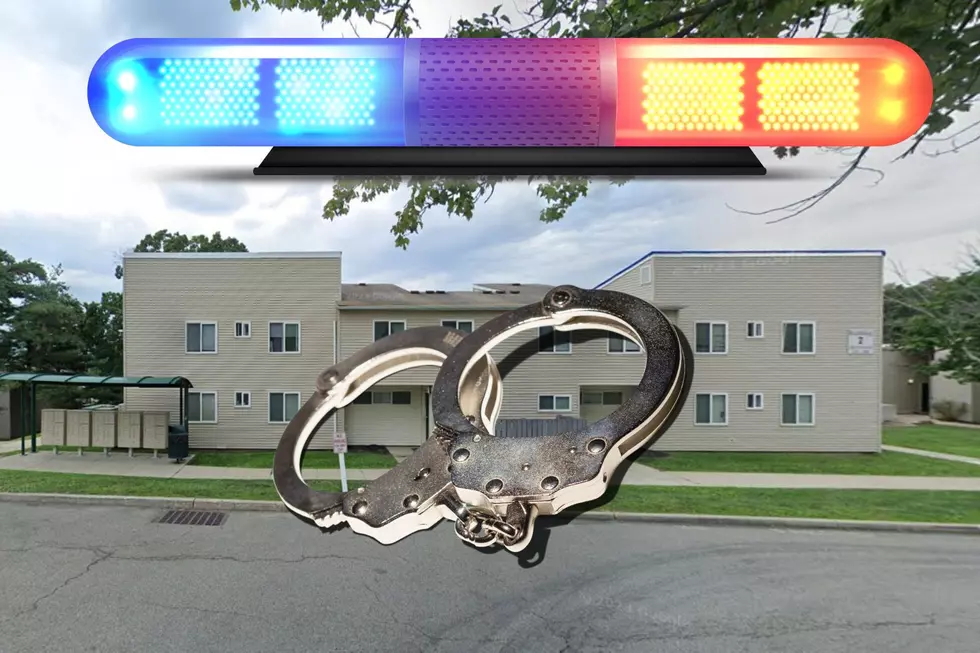
Best Meteor Shower of the Year in the HV Could Be Overshadowed By Something Bigger
The best meteor shower of the year arrives in August, and the event could bring up to 100 meteors per hour for viewers below. But AccuWeather says this year's shower could be overshadowed by something bigger, which could impede the show for everyone. The Perseids meteor shower will peak the night of August 11, into the early morning of August 12. But what's getting in the way this year? No, it's nothing crazy like a black hole.
Origins
The Perseids are the dust remnants of Comet 109P/Swift-Tuttle, which is the largest object to pass Earth. Earth passes through the comet's path every mid July to late August, which leads to the countless dusty particles and pieces entering the planet's atmosphere. On average, during the peak times, you can see anywhere from 12 to 60 meteors per hour. Some years, such as 2016, saw about 150 to 200 meteors an hour.
What's Out There?
AccuWeather says that the last supermoon until July 2023 will be seen Thursday August 11. Supermoons occur when the Earth aligns with the Moon and Sun as the perigee (closer) side of the Moon is facing us, and the Moon happens to be on the opposite side of Earth from the Sun. Basically, it's just a full moon but slightly bigger and brighter. We already saw supermoons in both June and July, but this will be the last for nearly a whole year.
The light from the full moon could prevent many from seeing as many meteors as you normally would during the Perseids. Since there's always some dramatic crazy name for these full moons, August's full moon is also known as the Sturgeon Moon, the Corn Moon, the Black Cherries Moon and the Mountain Shadows Moon, according to the Old Farmer's Almanac.
Just try to look in the darker corners of the night sky away from the Moon.
READ ON: Weird, wild UFO sightings from throughout history
More From WZAD-WCZX The Wolf









